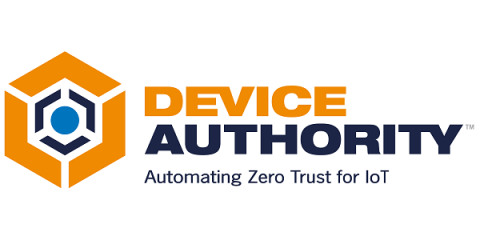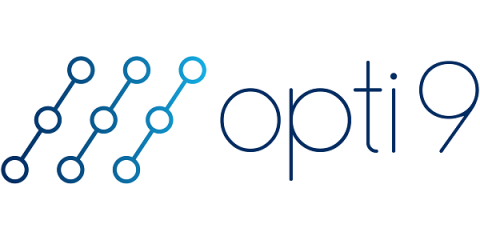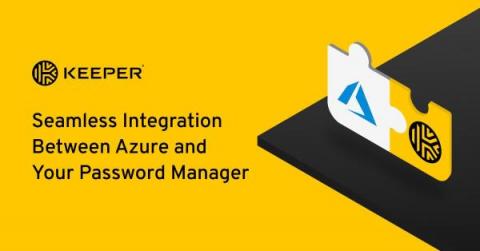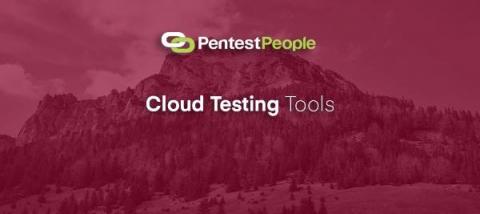Understanding Zero Trust Security: Principles, Benefits and Architecture
Imagine a world where you trust no one, not even those closest to you. Sounds harsh, right? But when it comes to cybersecurity, this exact mindset is the driving force behind the Zero Trust Security model. This revolutionary approach to security is challenging traditional perimeter-based methods, focusing on securing users, devices, and data – no matter where they are. Ready to uncover the secrets of Zero Trust Security? Let’s dive in!











